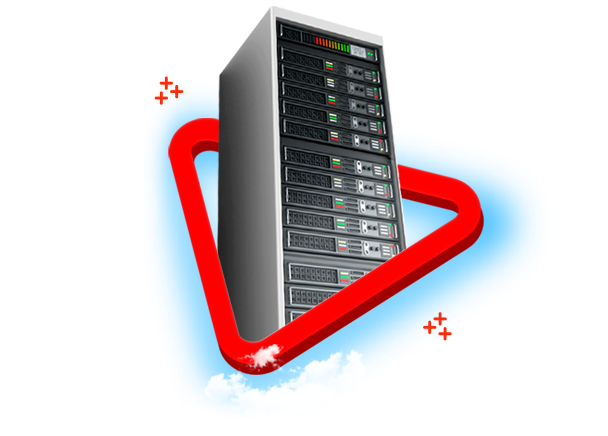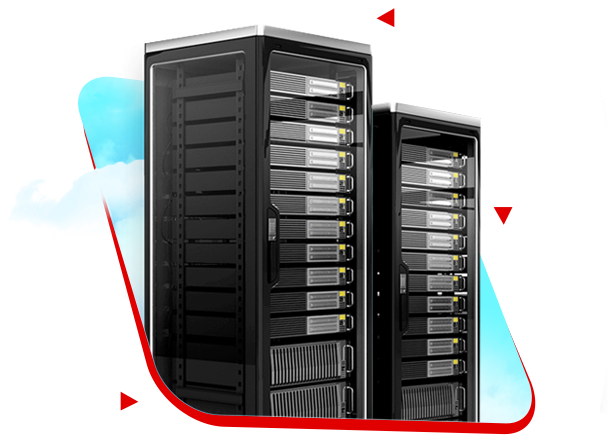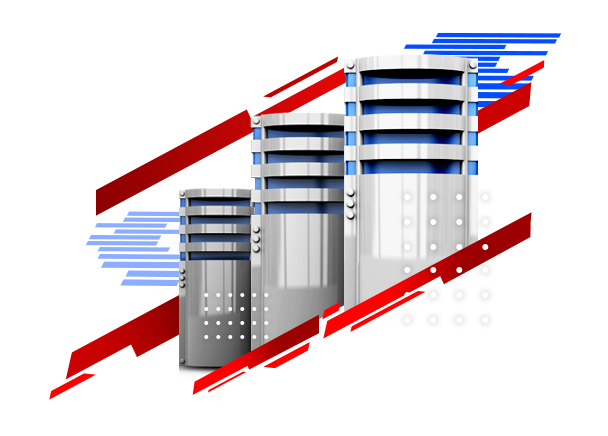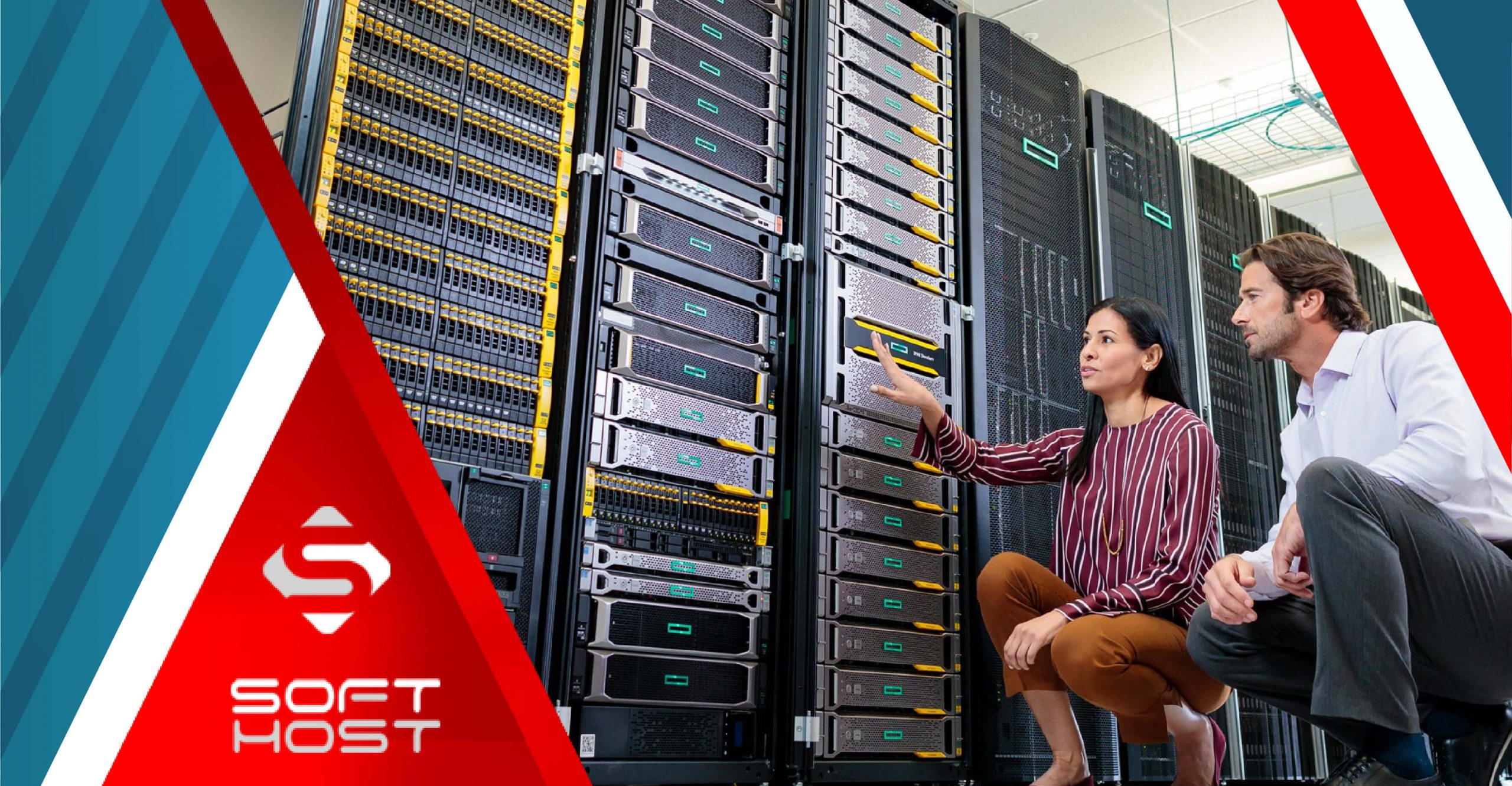
License in computer engineering means license to use software. A software license is an official agreement that defines the framework and how to use a certain software. Designing and building any software costs developers. They use license to achieve these three main goals: 1. Protection of intellectual property (copyright); 2. Checking how to use the software; 3. Framing and demarcation of user accesses.
Some developers may want to place more restrictions on how the software can be used. However, others may offer their software with fewer or no restrictions; Because they want their software to be as widely available as possible, or maybe they are against limiting the software for some reason.
In this article, we will introduce you to the history and concept of open-source licenses, compare open-source licenses with open-source licenses, and introduce some famous agreements.
The reasons for the emergence of open source licenses
Table of Contents
Developers offer open-source licenses with the aim of providing public access. In the supply of open source software licenses, they make the source code available for use, modification and distribution depending on the agreed terms and conditions. There are various open source software licenses and they are divided into several categories based on the restrictions that the software developer intends for users to follow.
The need to know the types of open source licenses
When you decide to plan your projects as a developer, you need to familiarize yourself with the different types of open source software licenses. The purpose of getting to know the licenses is to come to the conclusion which license best meets the needs of your project.
In this article, you will learn about the concept of copyright (a right that belongs to you as a software developer) and how a license forms the framework of the agreement that you want your users to follow when using the software. Also, we will explain the differences between proprietary and free and open source software, as well as the concept of less restrictive and copyleft licenses, and we will introduce open source license options for creating projects on GitHub. So stay with us until the end.
A look at the history of open-source software
In the United States of America and many countries around the world, special legal protections are given to original product owners and manufacturers. One of these protections is “copyright”. Prior to 1989, all works published in the United States had to be accompanied by a copyright notice including the copyright symbol © along with the date of publication and the name of the copyright owner to support them. Currently, the use of this notice is optional in the United States; But it still applies.
What is licensing and copyright?
The United States Copyright Office, which operates under the supervision of this country’s Congress, defines copyright as: “a type of intellectual property right that protects works; Especially when the creator presents it not abstractly, but concretely.” This statement means that you do not own the idea in copyright.
If the developer or owner wants more legal protections, they can claim their royalties and fall under the umbrella of intellectual property laws. However, copyright does not mean that you cannot use this right if legal procedures are not followed; Rather, your right is reserved; Because in all countries that are members of the Berne Convention (an international agreement on copyright), intellectual property rights are automatically assigned to all works and products, and there is no need to register in government offices. The important point is that in jurisdictions, legal registration is considered as proof of validity of copyright.
Copyright for the developer or owner of the work
Copyright provides several rights for the owner or developer of the work; Including the right of distribution and reproduction. If the developer wants to monitor and control how the software is used, he must use the license. In this license, there are instructions that users must follow.
If the owner or developer mentions “All Rights Reserved”; That is, it reserves the copyright for itself and does not allow others to use it without permission. According to an accepted fact, creators have the right to set conditions on how to use their product. Considering that copyright is a logical right, it must be respected and if it is not respected, the creator will be wronged.
Another issue that should be mentioned is that if you work for an organization or a company and a product or work is produced with your thinking and effort, it belongs to that organization; Because they pay you to do it. Therefore, publishing this work without permission has legal consequences and you do not have the right to own and copyright it.
Proprietary software
Proprietary software is software that is the exclusive property of developers and distributors, and according to software agreements, they cannot be reproduced and distributed. Video games are a well-known example of proprietary software. These games are available in different formats such as cartridge or CD or downloaded installation file. If you buy the game, you are not allowed to copy it and make it available to others and make money. Also, you should not modify the game code and run that game on another platform.
-
End User License Agreement (EULA)
Users of proprietary software are usually required to accept an agreement called an End User License Agreement (EULA), also known as a Software License Agreement. According to this contract, the developer of the software gives the right to use it to the buyer and he must observe some restrictions. Many software manufacturers expose the contract to the user before installing the software and ask him to accept it. If the user does not agree with the terms of the contract, the software will not be installed.
If you’ve ever purchased proprietary software, you’ve probably seen the EULA, which states that you don’t own the software; Rather, you are the owner of the software license, which allows you to use the software. The EULA may also specify how to use the license itself, according to which you are not allowed to send the software to others without the permission of the owner or developer or publisher.
-
Terms of Service Agreement
Another legal instrument similar to the End User License Agreement is the Terms of Service Agreement, also known as the “Terms of Use” or “Terms and Conditions”. and is abbreviated as “ToS”. ToS is a set of rules that must be followed to use a service.
-
Components of ToS
A ToS usually consists of sections that deal with one or more of the following topics:
- User rights and responsibilities
- How to properly use the Services or expected use and the definition of “misuse” when using the Services
- Privacy policy on the use of user’s private information
- Determining the method to withdraw the user and close the account if available
- Explaining the website’s legal responsibility for damages caused by users
- Notifying the user after modifying and changing the terms and conditions of the agreement
The first time you open a proprietary software, there is usually a box that explains the EULA or ToS, and below that box is an option called I Agree or some other similar statement that you must accept before using the software. , click on it.

Before the 1970s, these types of restrictions did not apply, and software was usually supplied with source code. This meant that users were free to modify and share the software as they wished. Over time, software vendors limited such activities with the aim of increasing sales; Because some of the software users did not pay any fees and in practice harmed the manufacturer and supplier of the software.
These restrictions led to the creation and development of two closely related movements: one is the free software movement and the other is the open source software movement. Although they are different, both movements argue that software users should be able to access the program’s source code and freely modify it at will and share it with anyone they want at any time.
Commonalities and differences between free software licenses and open source software licenses
There is a lot of overlap between free software licenses and open source software licenses and not much difference between them. Almost all open source programs are actually free and released under some type of license. Usually, free or open source software emphasizes the freedom of end users’ rights; But sometimes these names are confused with being free. Open source software is not always free; Rather, its source code is freely available.
Proponents of open source software encourage developers to license their software. However, instead of a proprietary software license that dictates what users cannot do, they want an open source software license that specifies the freedoms available to users of the software. These licenses can usually be found in a separate file named LICENSE.txt or something similar.
In recent years, there has been controversy about what specific freedoms an open source software license should guarantee. This disagreement has caused the formation and development of many different open source licenses. Most of these licenses fall into one of these two categories: permissive license and copyleft license.
Permissive and Copyleft open source licenses
A permissive license, sometimes called a non-copyleft license, allows developers to use, modify, and share the source code. Also, they can change some of the terms and conditions for redistribution, which leads to the production of works and software adapted from the original version.
Adapted (derivative) software refers to software in which elements of another software that has already been created and has a copyright are mainly used. If the original version is released under a permissive license, the developer of the adapted version can release his software with different terms compared to what is defined in the license of the original version.
The Copyleft license, known by the icon, allows developers to use the source code, modify and distribute it; But it applies certain restrictions and terms and conditions for relicensing. This means that creators of adapted software must release their work under the same terms and conditions as the copyleft license of the original software. The main purpose of this license is for users to benefit from the same rights and licenses of the original software when using the adapted works.
Public-Domain-Equivalent Licenses
In addition to licensed and copyleft licenses, there are also Public-Domain-Equivalent Licenses that allow unrestricted use, modification, and redistribution and allow licensed software to be distributed without mentioning the source.
These licenses are known as highly authorized licenses; Because it does not limit the ability of developers to use the source code contained in the original software. Additionally, public domain licenses allow users to reuse the software in any way they want.
Although public domain, free, and open source licenses overlap, software experts have disagreed in recent years about whether public domain is open source.
In 2012, the CC0 license (Creative Commons License) was released; But the Open-source Initiative (abbreviated OSI) did not approve it. Also known as “Open Source Pioneers”, this organization is a non-profit organization that defines open source software standards and publishes a list of approved open source licenses. In 2020, the OSI finally approved a public domain license called the Unlicense.
Conclusion
Developers can choose from several open source software licenses, and there are many factors to consider. In this article, we examined the concept of copyright and the use of software developed by other people under certain conditions. We also introduced important current agreements and explained the differences and commonalities of the two popular open source and open source licenses.
CATEGORY:Blog











